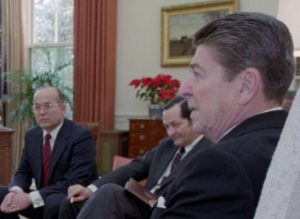LEONE LAKHANI
New rules go into effect this weekend that restrict electronic items in passenger cabins on U.S.-bound flights. The measures are being taken as a security precaution to thwart potential threats.
The ban includes flights on nine international airlines operating out of 10 airports in the Middle East, North Africa and Turkey. They include Morocco, Turkey, Egypt, Jordan, Saudi Arabia, Kuwait, Qatar, and the United Arab Emirates. It affects: Royal Jordanian Airlines, Egypt Air, Turkish Airlines, Saudia, Kuwait Airways, Royal Air Maroc, Qatar Airways, Emirates, and Etihad Airways.
Speaking to The Cipher Brief this week, Michael Chertoff, former Secretary of the U.S. Department of Homeland Security, said the restrictions were not surprising given that “terrorists are getting better and better at miniaturizing their explosives.”
The UK announced a similar ban this week, on flights from six countries in the region: Turkey, Lebanon, Jordan, Egypt, Tunisia, and Saudi Arabia.
The British ban affects a total of 14 carriers, and also includes Royal Jordanian, Egypt Air, Turkish Airlines and Saudia. But it adds to the list: British Airways, easyJet, Jet2, Monarch, Thomas Cook, Thomson, Atlas-Global, Pegasus, Middle East Airlines, and Tunisair.











